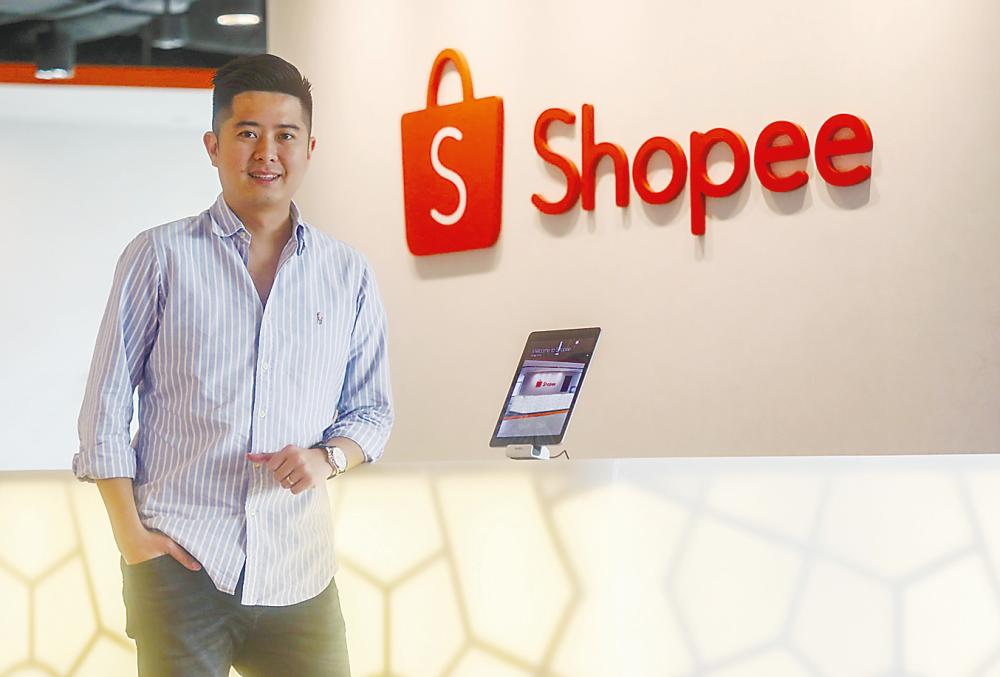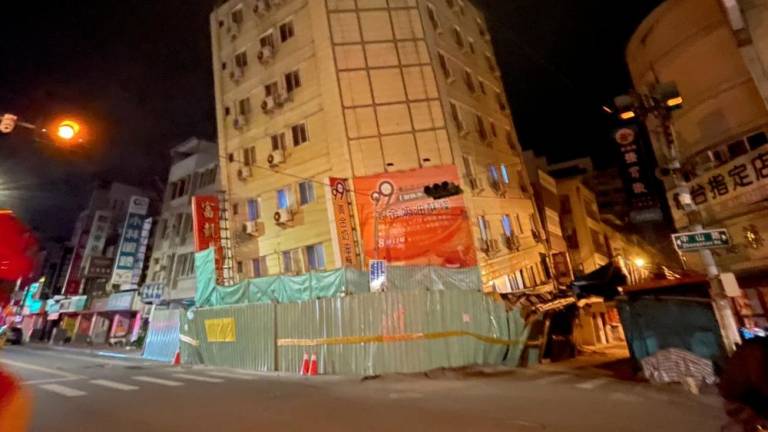KUALA LUMPUR: The local e-commerce ecosystem sees weakness on the logistics and merchants’ front, especially in delivery time and where merchants may not be equipped to cope with the surge in demand, according to e-commerce player Shopee.
Shopee regional managing director Ian Ho (pix) said from a logistics point of view, there are still ways to improve on delivery time given that shipping in Peninsular Malaysia takes two to three days after purchase and longer for Sabah and Sarawak, while in China, one can expect same-day or next-day delivery.
“We work with logistics players on how to shorten the delivery time. This is important especially during peak or festive seasons like Raya, when buying behaviour spikes. For the logistics players, are they able to cater to these spikes? We constantly work with them to project (the surge in demand), plan and how they can improve their services,” he told SunBiz in an interview recently.
For Malaysia to move to same-day delivery is possible, Ho said, but for a price.
“Everything is for a price and depends on whether you need the product to be delivered on the same day. If you buy a shirt, it takes a few days (to be delivered). Unless you need it for a function tonight, and you should be prepared to pay a bit more to get it immediately.”
Shopee’s main logistics providers in Malaysia are Pos Laju, DHL, J&T Express and it is constantly on the lookout to partner more players. It also works with AirAsia Bhd’s logistics arm RedBox as its logistics partner in Sabah and Sarawak.
Meanwhile, Ho pointed out that SMEs and brands who are new to e-commerce may not be equipped operationally to cope with its growth, adding that packing is a major issue for these sellers.
“If a brand used to be selling B2B (business-to-business) and now they’re selling directly to customers, which means that in their own warehouse, they’re doing their pick and pack in a different way.”
Ho explained that in the past, these merchants’ pick and pack used to be sending the entire box of products to stores, which then unpack and sell the products. Now the warehouse needs to be changed as they need to pick individual items from master boxes and pack them for shipment at the warehouse.
“The entire customer experience is based on how fast they get their products. While last mile logistics takes a bit of time, if you take a long time to pick and pack, that will also affect the whole buying experience. We’re working closely with brands and SMEs to help them improve the entire flow.”
He said packing is the major issue that boils down to one’s efficiency. For example, a merchant gets 1,000 transactions on the first day and clears 800 of them. The next day the merchant gets 1,000 and puts this on top of the remaining 200 and clears the top 800.
“That remaining 200 is always there and the next day, they put them on top again. They constantly fail to clear. What they did was the first-in, last-out approach, which doesn’t make sense. The 200 will always be at 200 and that was where the complaints came. This is a simple example but you’d be surprised. To most people it is common sense but because of the pace of growth, merchants may not have thought it through.
“There’s more demand than they can cope with. We double our gross merchandise value (GMV) regionally and it is consistent among all the countries. Doubling means 10-15% growth month on month and most companies are not equipped at that pace.”
Even then, Ho said, Malaysia is relatively underpenetrated compared to the rest of the world with a lot of potential for growth, said Ho. E-commerce shopping constitutes less than 2% of total retail sales in Malaysia, while in China it is over 20%.
Malaysia remains an important market for Shopee with 16 million users, 600 brands and retail partners as well as 450,000 local sellers and entrepreneurs. Shopee is present in Malaysia, Indonesia, Thailand, Vietnam, Singapore, the Philippines and Taiwan, and its largest market is Indonesia.
Ho said its priority for 2019 is to grow its seller base and improve its infrastructure to have more payment options for customers, as well as ensuring delivery time goes down.
Shopee posted a GMV of US$10.3 billion (RM43 billion) last year in seven of its markets, 2.5 times higher than US$4.1 billion in 2017. Its adjusted revenue was US$290.7 million, 16 times more than US$17.7 million in 2017.
Shopee is part of New York Stock Exchange-listed SEA Group, which is also the parent of digital entertainment Garena and digital financial services AirPay.













